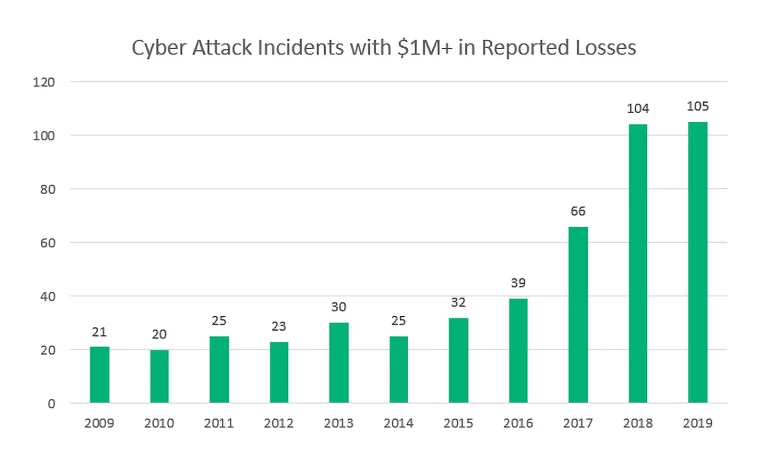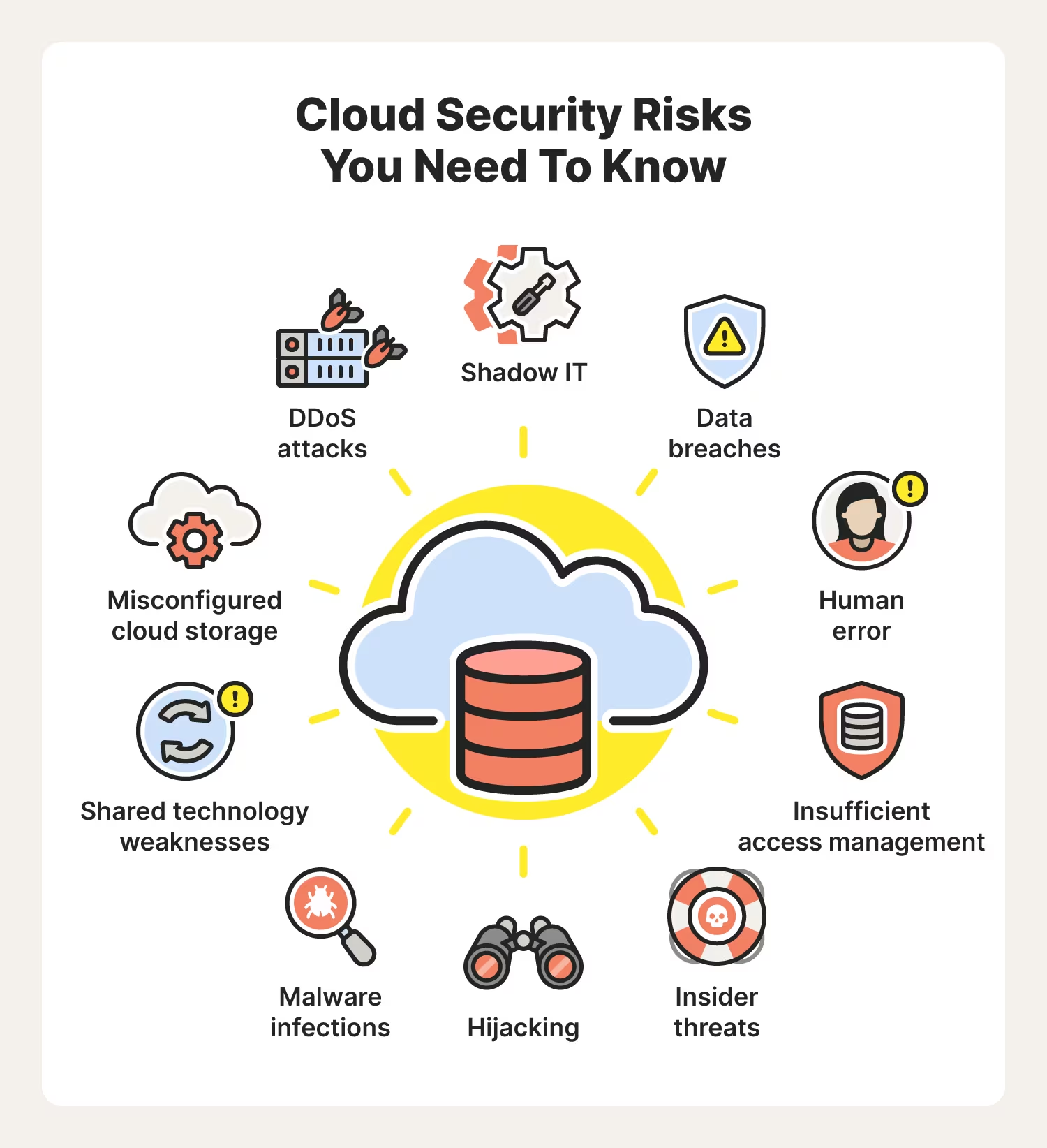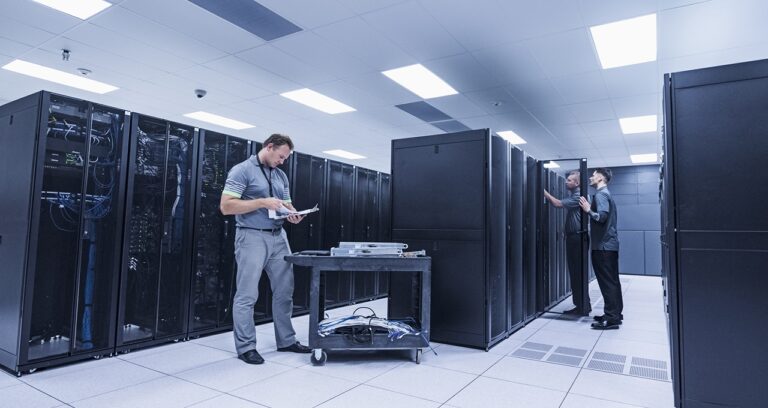Combining SD-WAN and Traditional WAN Networks: What Architecture Does Your Organization Need?
SD-WAN and Traditional WAN are two types of architecture that organizations can employ to deliver and receive network services. In this article, we will describe what these two types of network architecture are, their respective advantages, and how you might benefit from a hybrid approach – combining the two.
What is Traditional WAN?
Cybersecurity teams have long relied on traditional wide area network (WAN) technology for voice, IT, and data networking infrastructure. It is often used to connect multiple office locations. Traditional WAN connects Local Area Networks (LANs) to each other through routers and Virtual Private Networks (VPNs).
Traditional WANs tend to rely on multiprotocol label switching (MPLS) connections, providing secure connections for reliable, efficient network traffic flow. This means organizations can prioritize the voice, video, and data traffic on the network.
What is SD-WAN?
We have seen more business-critical tools and apps move online in recent years, especially in light of the COVID-19 pandemic, forcing large swathes of workers to work remotely. The result is that network traffic has increased, which taxes the MPLS connections of a fully traditional WAN.
Software-defined WAN (SD-WAN) is a unique approach that can help to overcome some of these challenges. This is because SD-WAN combines traditional WAN technologies with more cost-effective broadband connections. SD-WANs are able to provide you with an end-to-end view of the entire WAN, as well as the ability to prioritize network traffic over various connections. SD-WAN has the capacity to measure traffic and then select the best route for each traffic – all in real-time.
By implementing SD-WAN, your organization can connect all your offices to a central network in the cloud, thereby increasing control and flexibility.
WAN vs. SD-WAN
To get an idea of whether you should utilize WAN or SD-WAN, you should first know how the two compare. Here are the most crucial differences:
- When you need to make changes to your traditional WAN, you need to do so manually. This can take longer than making alterations to SD-WAN, which can decrease efficiency for businesses that are growing, especially those who are quickly adding branches. Since SD-WAN is a software-based solution, it’s relatively easy to scale SD-WAN when your enterprise is growing, especially if you team up with a managed service provider.
- SD-WAN runs on a mix of network connections, which can help organizations reduce their spending.
- SD-WAN offers options for application prioritization, sending data over the optimal network link.
- SD-WAN uses encryption and VPN for secure end-to-end network connections.
- SD-WAN is easy to update and scale.
- Traditional WANs on MPLS offer excellent Quality of Service (QoS), but this can be the more expensive option.
- Traditional WAN offers a high degree of reliability and predictability when it comes to prioritizing critical traffic like voice and video.
- Traditional WANs’ MPLS connection is very secure.
- If you want to make changes to traditional WANs, you will need to do this manually.
What the Experts Say
Here are what some experts in the field of cybersecurity have to say about how traditional WAN compares to SD-WAN:
Andrew Lerner, an analyst at Gartner specializing in emerging network architecture, has said that: “SD-WAN represents a simplified and cost-effective way to WAN, and that is important because most enterprises hate their WANs.”
Erik Fritzler, an industry-leading IT architect working for H&R Block, claimed that:
“In addition to business and architectural transformation, SD-WAN delivers hard cost savings. This technology can reduce both OPEX and CAPEX expenditures depending on the solution deployed.”
Ivan Pepelnjak, who has extensive experience in designing and implementing large-scale networks, has this to say about SD-WAN: “There’s a huge business case that SD-WAN products are aiming to solve: replacing traditional MPLS/VPN networks with encrypted transport over public Internet….Internet access is often orders of magnitude cheaper than traditional circuits. Replacing MPLS/VPN circuits with IPsec-over-Internet (or something similar) can drastically reduce your WAN costs. Trust me – I’ve seen dozens of customers make the move and save money.”
Finally, Brandon Butler – a senior editor for Network World – has likewise praised SD-WAN: “SD-WANs can save on a customer’s capital expense of installing expensive customized WAN acceleration hardware by allowing them to run a software overlay on less-expensive commodity hardware.”
So Should You Adopt Traditional WAN or SD-WAN?
Based on the above comparison and insights from experts in the industry, you might think it’s obvious to opt for SD-WAN. However, your decision will ultimately be based on what your needs are – your current situation and infrastructure. For example, if you are already using traditional WAN and you don’t have network needs that make SD-WAN absolutely necessary, then switching your architecture could just become an unnecessary waste of time and expenses.
Many organizations are making the switch to SD-WAN based on the benefits listed above. But every business has its own unique circumstances. The decision to utilize traditional WAN or SD-WAN depends on what will be more beneficial for your short-term objectives, as well as your long-term needs.
Combining Traditional WAN with SD-WAN
You don’t actually have to decide to use either traditional WAN or SD-WAN. It is also possible to combine both types of network architecture. Again, this all hinges on the particularities of your business needs. If you want to enjoy the advantages of both traditional WAN and SD-WAN, and you have the budget for this hybrid approach, then this could very well be worth it.
Cyberlocke is a comprehensive, full-service IT services provider that architects and implements efficient and secure solutions for enterprise customers and their data centers. We specialize in security, cloud, managed services, and infrastructure consulting. Contact Us today to learn more.


